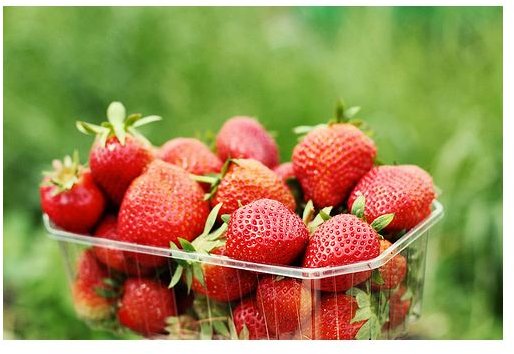What Does Organic Mean on Food Labels?
The Organic Boom
According to the United States Department of Agriculture (USDA) the organic market has been steadily growing over the past ten years. From 2002 for example, the year when national standards where first implemented, to 2005, farmland producing organic food doubled. Today most people are aware of the health and environmental benefits of choosing certified organic items and commercial grocers across the country offer organic products.
So you know that organic tomato or certified pound of ground beef costs more, may have a better flavor, more nutrients, no chemicals, and is more eco-friendly — but what exactly are the requirements for certification? What does organic mean on food labels? Now that you’re making the greener, healthier choices and paying for it, learn the specifics of organic certification.
National Standards
The government has set national standards for organic labeling to provide consumers with consistency and security. In 2008 there were 59 state or private certification organizations to inspect all organic growers who produce at least $5,000 annually. These organizations also have random check-ups to make sure farms are living up to certification standards. What criteria has to be met for a grower to receive and keep their certification, allowing them to label their products as organic?
Agricultural products must be grown without the use of any pesticides, chemical fertilizers, sewage sludge, anything genetically modified, or ionizing radiation. Unavoidable or accidental contamination from prohibited pesticides is limited to five percent of the EPA’s tolerance limit. Raw manure use as a natural fertilizer is regulated and compost contents must be documented.
Organic livestock must have never been given antibiotics, growth hormones, or any other synthetic drugs. If an animal is sick farmers do administer medication, but food products from the animal can no longer be labeled as organic.

There is also an expectation for growers to demonstrate a commitment to sustainable farming. The use of renewable resources, earth-friendly practices such as crop rotation, and efforts to conserve water and energy are all example of sustainable efforts.
Organic Categories
There are different categories for the organic label, allowing some flexibility for growers and plenty of transparency for consumers. If a product is labeled as ‘100% Organic’, then it is just that, all ingredients (except for water and salt) are certified organic. The label ‘Certified Organic’ refers to products that consist of 95 percent organic ingredients. The other percentage of non-organic ingredients must be on a national list of acceptable products that are not commercially available as organic products. If a product contains at least 70 percent organic ingredients than it may be labeled as “Made with Organic Ingredients.”
Buying Organic
Buying certified organic you are guaranteed, thanks to the establishment of the National Organic Program and the work of certification organizations, food that was produced without the use of chemicals and with eco-friendly production methods. Remember the goal of organic agriculture is not just to provide natural, eco-friendly food, but also to be, “an ecological production management system that promotes and enhances biodiversity, biological cycles, and soil biological activity.” (USDA National Organic Standards Board). What does organic mean on food labels? It means the effort and choice for a sustainable future for food production.
References
University of Florida Extension https://edis.ifas.ufl.edu/hs397
United States Department of Agriculture https://www.ers.usda.gov/Data/Organic/
Organic Education https://www.organic.org/education/faqs
photo by: Suzette Pauwels (CC/flickr) https://www.organic.org/education/faqs
photo by: Ivan Walsh (CC/flickr) https://www.flickr.com/photos/ivanwalsh/4695228781/
